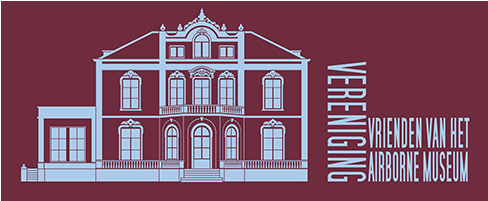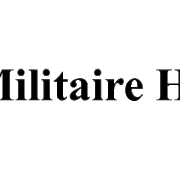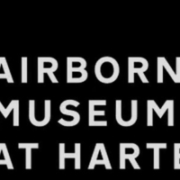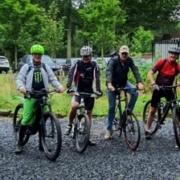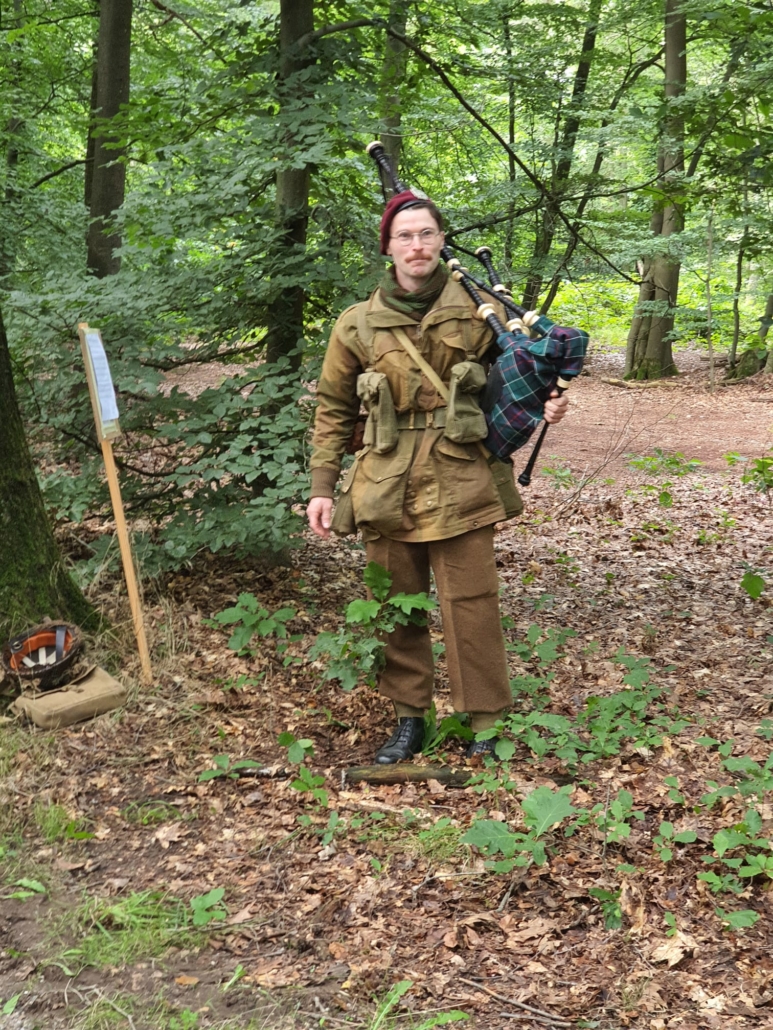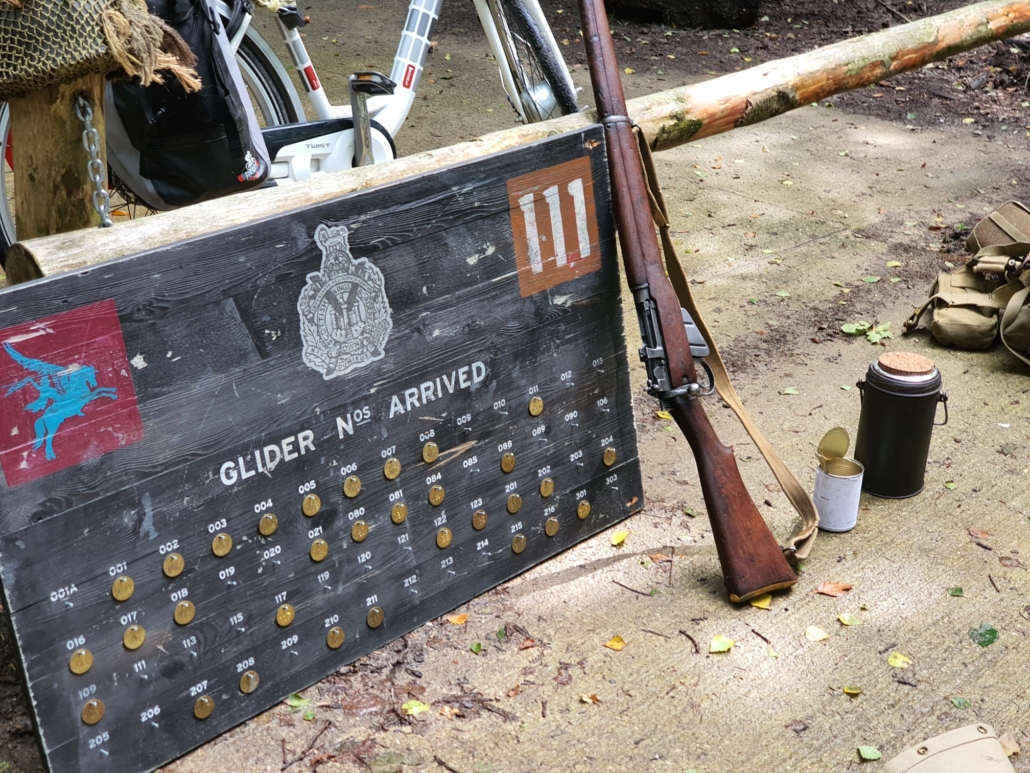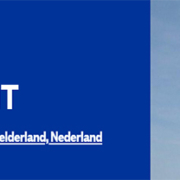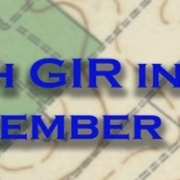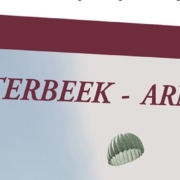Op zaterdag 18 september wordt in de salon van het Airborne Museum het bronzen borstbeeld van majoor John Llewellyn Waddy onthuld. De buste is gemaakt door beeldend kunstenaar Vivian Mallock, in opdracht van Alan Curtis OBE (The Most Excellent Order of the British Empire). Lees meer
Omroep Gelderland
Oosterbeek – De bloedige strijd van Operatie Market Garden is inmiddels alweer bijna 77 jaar geleden. Toch zijn nog steeds niet alle dodelijke slachtoffers gevonden of geidentificeerd. Er wordt ook nog steeds naar hen gezocht. Lees meer
Op vrijdag 17 september herdenken we de Slag om Arnhem die 77 jaar geleden plaatsvond. We herdenken de Slag en de daaropvolgende evacuatie samen, tijdens een herdenkingsbijeenkomst in de Eusebius, kranslegging op het Airborneplein en Bridge to Liberation -screen experience-. De herdenkingsbijeenkomst Lees meer
De belangrijkste activiteit van het PMHE in de Airbornemaand is de organisatie van de herdenking van het bombardement voorafgaand aan de start van Operatie Market Garden. Bij dit, grotendeels mislukte, bombardement kwamen 71 Edenaren Lees meer
Na een succesvolle zomer is de Airborne maand nu officieel van start. Op woensdag 1 september zijn de Airborne vlaggen van de gemeenten Renkum, Arnhem, Overbetuwe en Ede gehesen door de betreffende (loco-)burgemeesters op het terrein van Villa Hartenstein. Lees meer
Enkele sfeerbeelden van de KOSB battlefieldtour per mountainbike.
De redactie van het Airborne Magazine heeft ook deelgenomen aan deze activiteit en gaat daar verslag van doen in het Airborne Magazine nummer 22.
Op 17 september zou bij het glidermonument een steen onthuld worden door de 99-jarige gliderpilot Toni Orsi. Helaas heeft Toni dit niet meer mee mogen maken omdat hij begin augustis is overleden. Lees meer
With this book the author Tim Hendriks would like to give an insight in the heroic actions of the 325th Glider Infantry Regiment during the Holland campaign. Often a forgotten battle fought by the men of that Regiment. The book gives a concise summary of the 325 Glider Infantry Regiment actions during the Market Garden Operation in the Kiekberg Woods near Nijmegen, The Netherlands. Lees meer
Begin september 2021 verschijnt de 3e editie van Vergeten is ballingschap, gedenken verlossing – Oosterbeek herdenkt zijn doden, waarin de in, of als gevolg van, de Tweede Wereldoorlog omgekomen inwoners van het Gelderse dorp Oosterbeek zijn opgenomen. In deze editie zijn naast de 128 mannen,vrouwen en kinderen die in de periode 17 september 1944 tot en met 5 mei 1945 door oorlogsgeweld omgekomen burgers, ook 43 Lees meer
In de eerste week van september – die datum is natuurlijk niet toevallig – verschijnt de 2e, herziene en uitgebreide druk van ons boek Oosterbeek – Arnhem 1944 Toen & Nu. Deze nieuwe uitgave is bijna één-derde dikker en heeft een gecorrigeerde en uitgebreide tekst. Verder staan er meer kaarten en vooral veel meer foto’s in, waarvan een aantal die nooit eerder werden gepubliceerd. Het boek telt 196 pagina’s, 31 kaarten en maar liefst 450 foto’s. Gebonden, ISBN 9789070987077.
De bestelcode is BB22, de prijs bedraagt € 34,75 (NL) / € 39,75 (BE). Wie het boek voor 1 september bestelt en betaalt, krijgt € 5,- korting; tot die datum zijn de prijzen dus € 29,75 (NL) / € 34,75 (BE).
(Huishoudelijke mededeling: S.I. Publicaties is van 5 tot 18 augustus wegens vakantie gesloten – even uitrusten!)
LINK naar artikel op Facebook
